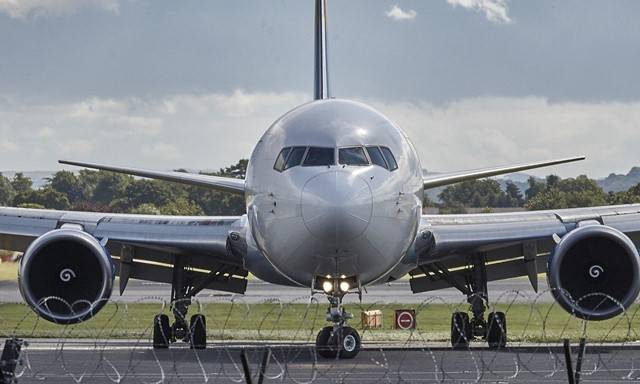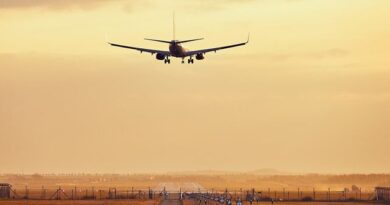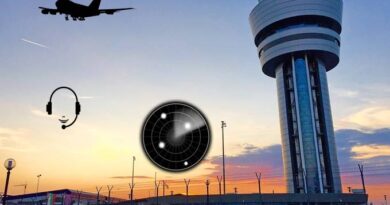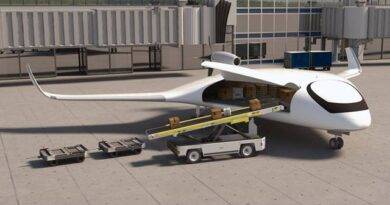What is Backtrack?
There is a term that we often hear in aviation, especially in airport operations. We often encounter this term in pilot air traffic controller communication, this is Backtrack. What is Backtrack?
Airplanes move on runways, aprons and taxiways before their take-off, after their landing or for any other reason. Some of these movements are called taxiing in aviation terminology.
Let’s open the subject with an example of ATC-pilot transmission:
Pilot: ABC Tower, KLM246 request taxi
ATC: KLM246, ABC Tower taxi to holding point runway 23L via C then backtrack on 23R
Pilot: Read-backs the instruction…
In the transmission above, the pilot requests a taxi instruction from the control tower. The control tower instructs the pilot to taxi to the holding point of runway 23L by backtracking first on the “C” taxiway and then by backtracking on the runway 23R. And then the pilot reads back the Controller’s instructions, thus avoiding misunderstandings.
The dialogue above is quite simple and straightforward, isn’t it? Already, transmissions made in aviation consist of quite plain, clear and clear expressions. So, what does the phrase backtrack in this talk mean?
The term Backtrack is used in some cases for the taxi statements that are made on runway and in opposite direction of runway in use by the aircraft.
So, what does the runway direction mean? For example, the designator of the runway, which is 180 degrees across from the track with designator 23, is 05. The direction of the runway is determined by ATC in charge evaluating many factors, especially wind. Airplanes usually want to take off and land against the wind.
Therefore, the taxi movements made over the runway in the opposite direction of the runway direction are called backtracks. Backtrack is a frequently used taxi type, especially at airports with a single runway and a single connection taxiway.
In the figure below, you can clearly see an example of backtrack taxi at an airport with a single runway and a single connection taxiway.
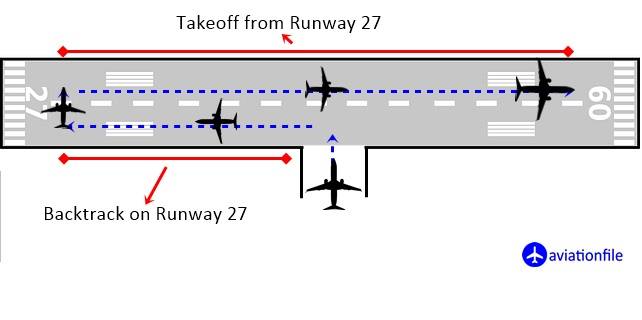
I think we understood what backtrack means. So what are the problems that can be caused by backtrack taxiing? Let’s talk about them briefly.
First of all, the plane that is backtracking on the active runway has more time than normal on the runway. Therefore, it has occupied the runway for a long time. In this case, the probability of experiencing events such as runway incursion, go-around due to Loss of separation increases.
In addition, as the planes move on the runway, the possibility of FOD formation on the runway surface increases.
It is possible to reproduce such results. To summarize, in principle, the time spent by the aircraft on the active runway should be shortened as much as possible.
I hope there has been enough descriptive article on the subject. If there are any topics you want to add, please write them in the comments section.
